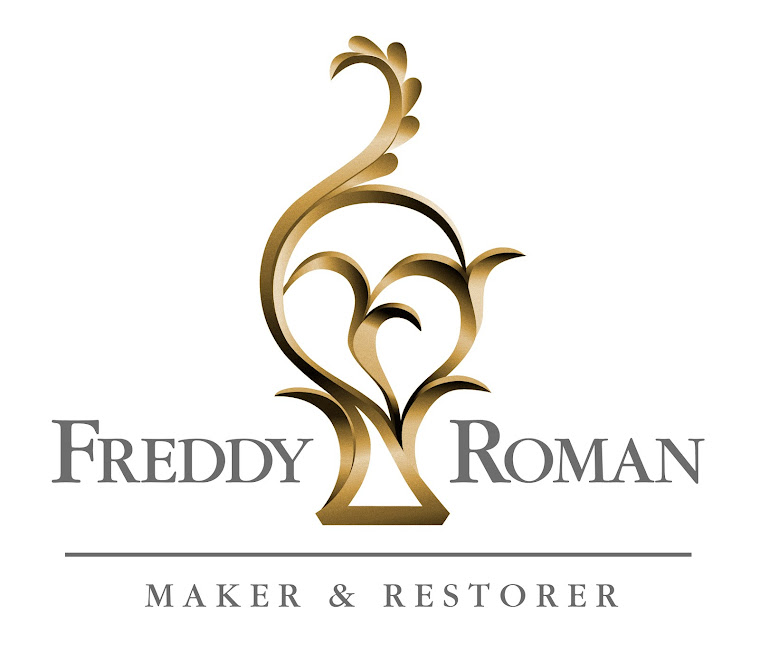I found out about this book from https://pegsandtails.wordpress.com/2017/12/30/new-book-the-life-and-work-of-thomas-chippendale-junior/
Where I bought book can be found below.
Description of the book:
The Chippendale cabinet-making firm, founded by Thomas Chippendale senior in about 1750 became famous partly through the succesful publication of his The Gentleman and Cabinet-Maker's Director (1754, re-published 1755 and 1762), and partly through the fine furniture supplied to a number of illustrious clients. Chippendale senior ran the workshop for just over twenty years. His eldest son Thomas Chippendale junior continued the business for over forty, the first two decades in partnership with Thomas Haig. Chippendale senior's work has been well documents. Chippendale junior's work has never, until now, been thoroughly researched. The Life and Work of Thomas Chippendale Junior repairs the omission. His patrons included members of the Royal Family, aristocrats, landed gentry and antiquarians. He was adept at satisfying their demands, whether they required lavish gilt or simpler, often mahogany, pieces. Where family archives and original settings survive, as at Harewood House, Paxton House and Stourhead, they reveal the variety and quality of Chippendale's output. Analysis of client's invoices, even when the furniture can no longer be traced, for the first time provides a colourful view of what customers chose and what prices they paid.
Product Detail:
- Hardcover: 464 pages
- Publisher: Philip Wilson Publishers (December 30, 2017)
- Language: English
- ISBN-10: 1781300569
- ISBN-13: 978-1781300565
- Product Dimensions: 9.4 x 1.7 x 11.3 inches
- Shipping Weight: 5.8 pounds

























































